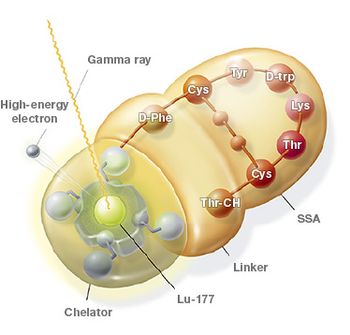
The FDA has accepted Lantheus' abbreviated new drug application for a generic Lutathera, just months after Novartis announced positive phase 3 data supporting a first-line indication for the radiopharmaceutical in neuroendocrine tumors.

The FDA has accepted Lantheus' abbreviated new drug application for a generic Lutathera, just months after Novartis announced positive phase 3 data supporting a first-line indication for the radiopharmaceutical in neuroendocrine tumors.

Dr. Kottler sat down with Diagnostic Imaging at RSNA 2023 to discuss AI imaging milestones and the potential impact of AI on workflows in radiology.

Wayne G. Brisbane, MD, of the University of California, Los Angeles, discussed the challenges of focal therapy for prostate cancer and how Unfold AI can help improve the accuracy of this treatment, as well as help counsel patients during the treatment decision process.
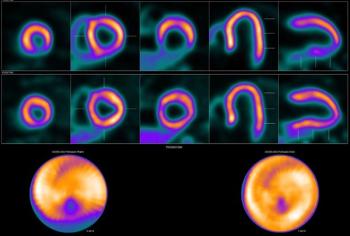
The novel tracer improved both sensitivity and specificity in the study group, of which more than 50 percent were obese and typically more difficult to obtain high-quality imaging.
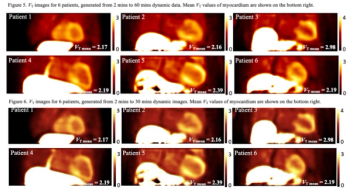
Kinetic modeling is important to understand how to obtain the best quantitative measurement of novel tracers in the organ of interest.

In a video interview at the recent Radiological Society of North America (RSNA) conference, Wayne Dell, M.D., discussed retrospective research that examined the use of hyperlinked multimedia radiology reports across modality and subspecialty five years after initial implementation of the technology at the University of Virginia.

In a recent interview from the Radiological Society of North America (RSNA) conference, Mary Yamashita, M.D. discussed a variety of findings from a survey of over 8,000 women about breast density awareness, challenges with current breast density notification after mammography exams, and the ongoing need to educate patients as well as referring providers on breast density awareness.

In an interview at the recent Radiological Society of North America (RSNA) conference, Alex Pozdnyakov, M.D. discussed findings from a new meta-analysis, which revealed that prostate-specific membrane antigen/positron emission tomography (PSMA PET) imaging in patients with prostate cancer recurrence led to treatment changes that resulted in a pooled 60.2 percent rate of prostate cancer-free survival at 20 months.

In a recent interview at the Radiological Society of North America (RSNA) conference, Eliot Siegel, M.D., discussed a variety of potential benefits with cloud-based image management in radiology, ranging from enhanced data security and economies of scale to improved access to a variety of artificial intelligence (AI) solutions to increase efficiency.

The system has an open architectural design to allow for third-party integrations.
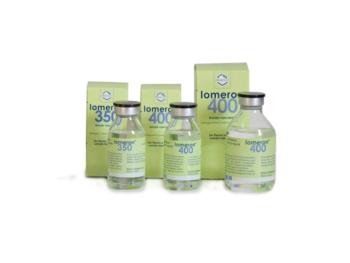
The imaging agent is approved for use in 50 countries in Europe and Asia, but is not currently approved in the US.

The radiopharmaceutical is already approved for use in PET imaging in men with suspected prostate cancer recurrence.
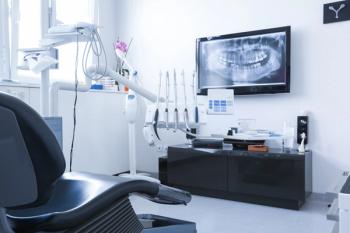
The AI-powered dental algorithm, Video Caries Assist, reduced missed cavities by 43%.
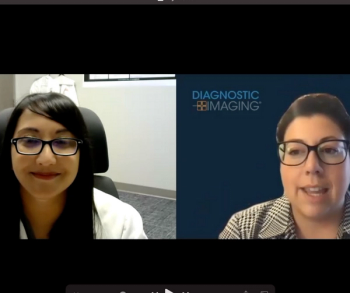
In a recent video interview, Amy K. Patel, MD, discussed the aftereffects of delayed breast cancer screening due to the COVID-19 pandemic, keys for improving outreach to underserved communities, legislative wins and challenges, and coalition building to educate and encourage women to resume regular breast cancer screening exams.
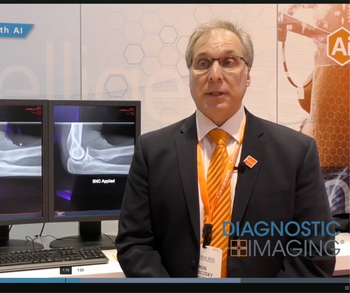
Innovations with artificial technology (AI) are fueling product advances that offer enhanced image quality, patient positioning and workflow efficiencies.

The portability and durability of the device may make it an emerging option for bedside imaging.

During the pandemic and beyond, working from home as a radiologist can present clear work-life advantages.

Canon's latest entry into the PET/CT market is a digital, air-cooled system that provides customizable solutions for a range of clients.

The work of a breast imager goes far beyond the pink-out of every October.

Diagnostic Imaging sat down with medical physicist and CT expert Cynthia H. McCollough, PhD, to learn more about the history of CT and its expanding potential in medical imaging.
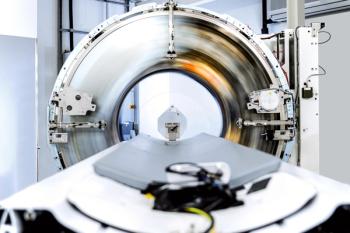
The approval represents the first major technological advance in CT in nearly a decade.
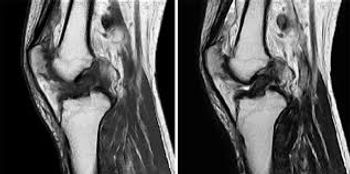
Researchers compared graft maturity between quadricep and hamstring tendon autografts using signal intensity ratio.

New consensus guidelines update clinical practice and point to a unified, worldwide approach to multiple sclerosis diagnosis and monitoring.

The automated algorithm can help save both time and money and minimize clinical subjectivity.
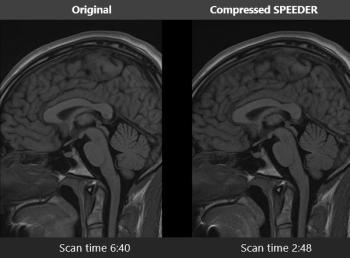
Canon Medical Systems announced that the U.S. Food & Drug Administration (FDA) has cleared its Compressed SPEEDER technology for use in the company’s Vantage Orian 1.5T MRI system.
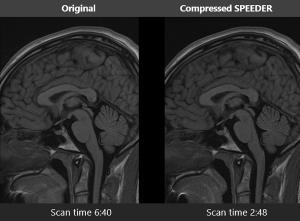
Published: June 16th 2020 | Updated:
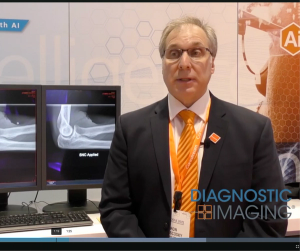
Published: February 28th 2022 | Updated:

Published: November 12th 2021 | Updated:

Published: December 22nd 2021 | Updated:
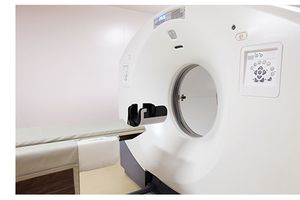
Published: June 22nd 2022 | Updated:

Published: June 26th 2020 | Updated: